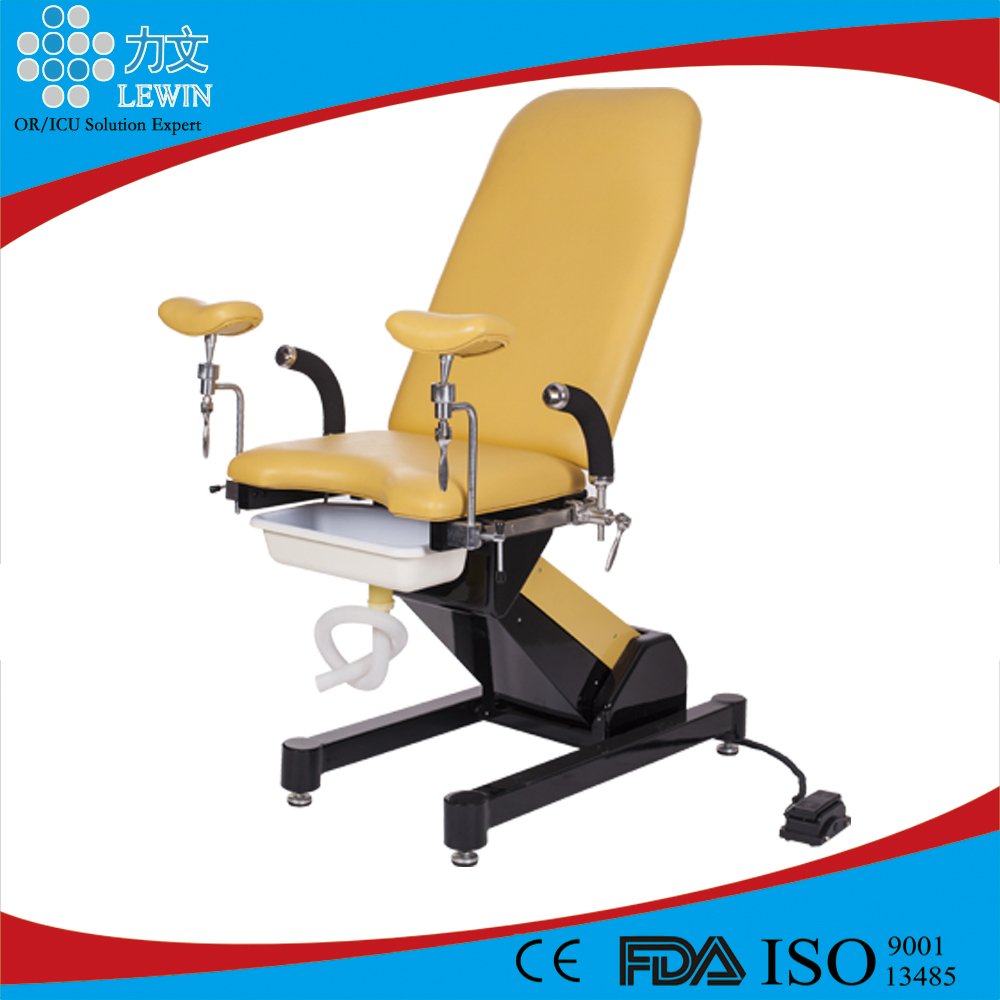The growth period of rice should be scientifically controlled
The growth period of rice should be reasonably irrigated according to the principles of “deep water returning green, shallow moisture flooding, strong water, strong wet and dry seedâ€.
After deep-water returning to green rice is transplanted, the root system is seriously damaged and the ability to absorb water is greatly weakened. At this time, if the water in the field is short of water, it will lead to an extension of the rejuvenation period, and when it is heavy, the roots will be killed. Therefore, after transplanting rice, deep water must be returned to green in order to prevent physiological water loss and reduce dead seedlings. However, deep water returns green is not the deeper the better the irrigation, it must be appropriate, generally 3 to 4 cm is appropriate.
Shallow moisture, if the irrigation water is too deep during the tillering stage of rice, it will cause the lack of oxygen and gas, the decomposition of nutrients is slow, and the light at the base of the rice plant is weak, which is unfavorable to the tillering. However, there should be no water layer during the delivery period. It is generally advisable to maintain a shallow depth of 1.5 cm deep, and to achieve "the water is not before the water," in order to coordinate the conflicts between soil water, fertilizer, gas and heat.
The strong water-throwing ear-forming period is the period when rice needs the most water in its life, especially in the meiosis period, it is more sensitive to the water reaction. At this time, if there is water shortage, there will be phenomena such as degeneration of spikelets, short spikes, few grains, and many empty shells. During the period from booting to heading, it is important to keep about 3 cm of water in the field to increase grain growth.
After the wet and dry seeds of rice were heading and flowering, the leaves stopped growing, the stems and leaves no longer elongate, the development of spikelets was completed, and the water requirement for seedlings decreased. In order to enhance field air permeability, reduce disease occurrence, increase root vitality, prevent premature leaf decay and promote sturdy stalks, a “dry-wet-and-wet-and-wet-based†water management method should be adopted to achieve gas regurgitation and qi. Roots are raised to protect the leaves, with the purpose of seedlings.
After deep-water returning to green rice is transplanted, the root system is seriously damaged and the ability to absorb water is greatly weakened. At this time, if the water in the field is short of water, it will lead to an extension of the rejuvenation period, and when it is heavy, the roots will be killed. Therefore, after transplanting rice, deep water must be returned to green in order to prevent physiological water loss and reduce dead seedlings. However, deep water returns green is not the deeper the better the irrigation, it must be appropriate, generally 3 to 4 cm is appropriate.
Shallow moisture, if the irrigation water is too deep during the tillering stage of rice, it will cause the lack of oxygen and gas, the decomposition of nutrients is slow, and the light at the base of the rice plant is weak, which is unfavorable to the tillering. However, there should be no water layer during the delivery period. It is generally advisable to maintain a shallow depth of 1.5 cm deep, and to achieve "the water is not before the water," in order to coordinate the conflicts between soil water, fertilizer, gas and heat.
The strong water-throwing ear-forming period is the period when rice needs the most water in its life, especially in the meiosis period, it is more sensitive to the water reaction. At this time, if there is water shortage, there will be phenomena such as degeneration of spikelets, short spikes, few grains, and many empty shells. During the period from booting to heading, it is important to keep about 3 cm of water in the field to increase grain growth.
After the wet and dry seeds of rice were heading and flowering, the leaves stopped growing, the stems and leaves no longer elongate, the development of spikelets was completed, and the water requirement for seedlings decreased. In order to enhance field air permeability, reduce disease occurrence, increase root vitality, prevent premature leaf decay and promote sturdy stalks, a “dry-wet-and-wet-and-wet-based†water management method should be adopted to achieve gas regurgitation and qi. Roots are raised to protect the leaves, with the purpose of seedlings.
This obstetric examination bed is suitable for obstetrics and gynecology for parturition;
also suit for after the birth of observation and implementation of gynecological examination, diagnosis and operation;
The exam table is easy to operation, table up and down by electric control, back plate controlled by gas spring;

Obstetric Examination Table,Gynecology Examination Table,Obstetric Exam Table,Ce Approved Obstetric Examination Table
Shandong Lewin Medical Equipment Co., Ltd. , http://www.lewinmed.com